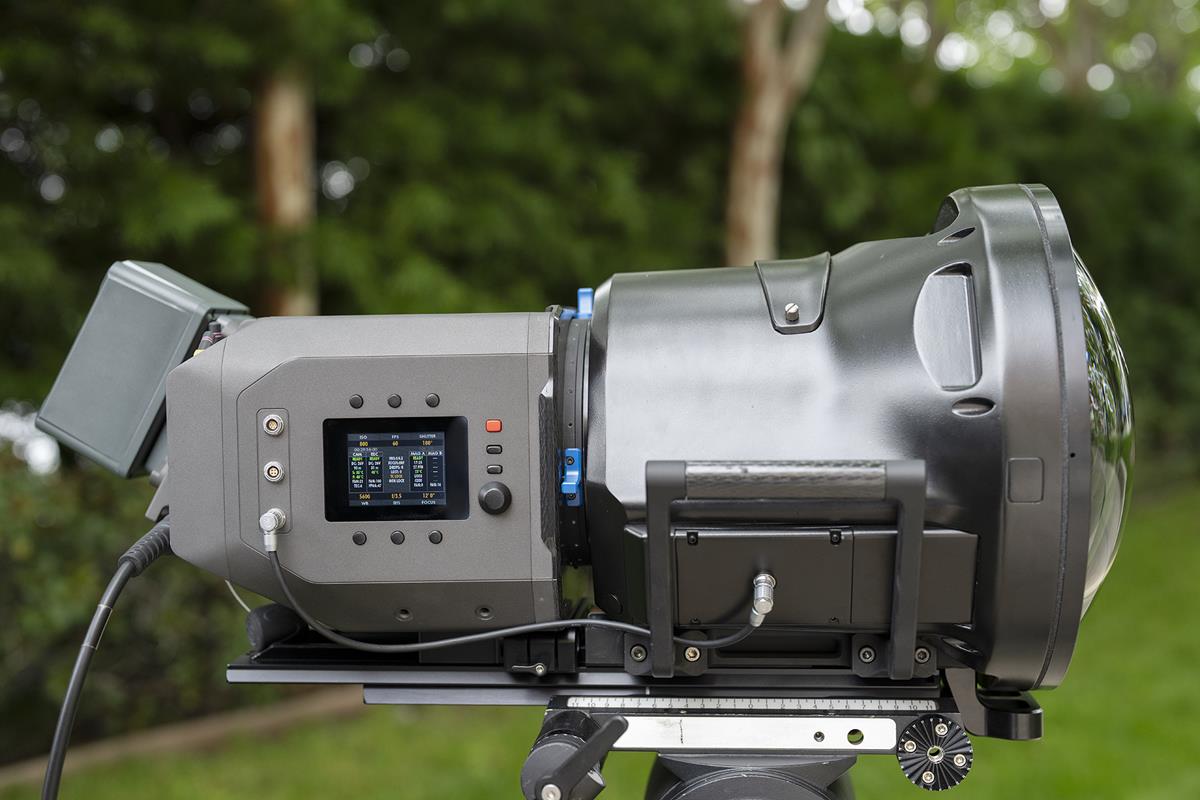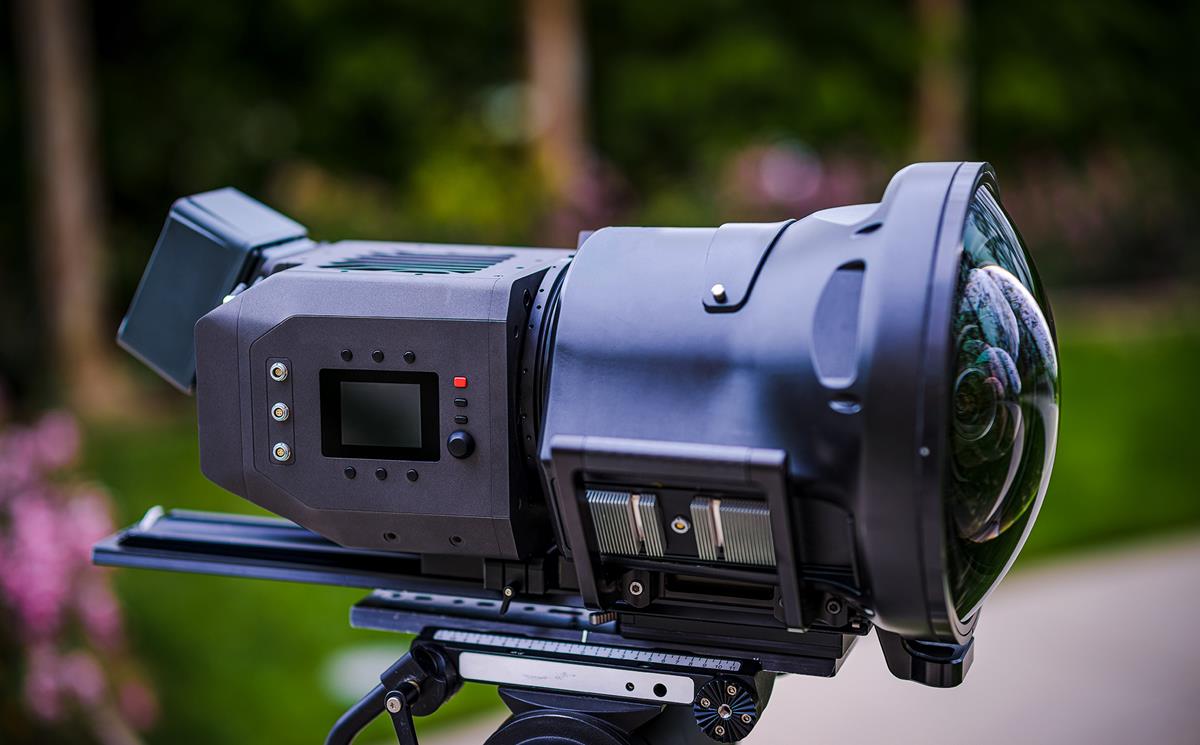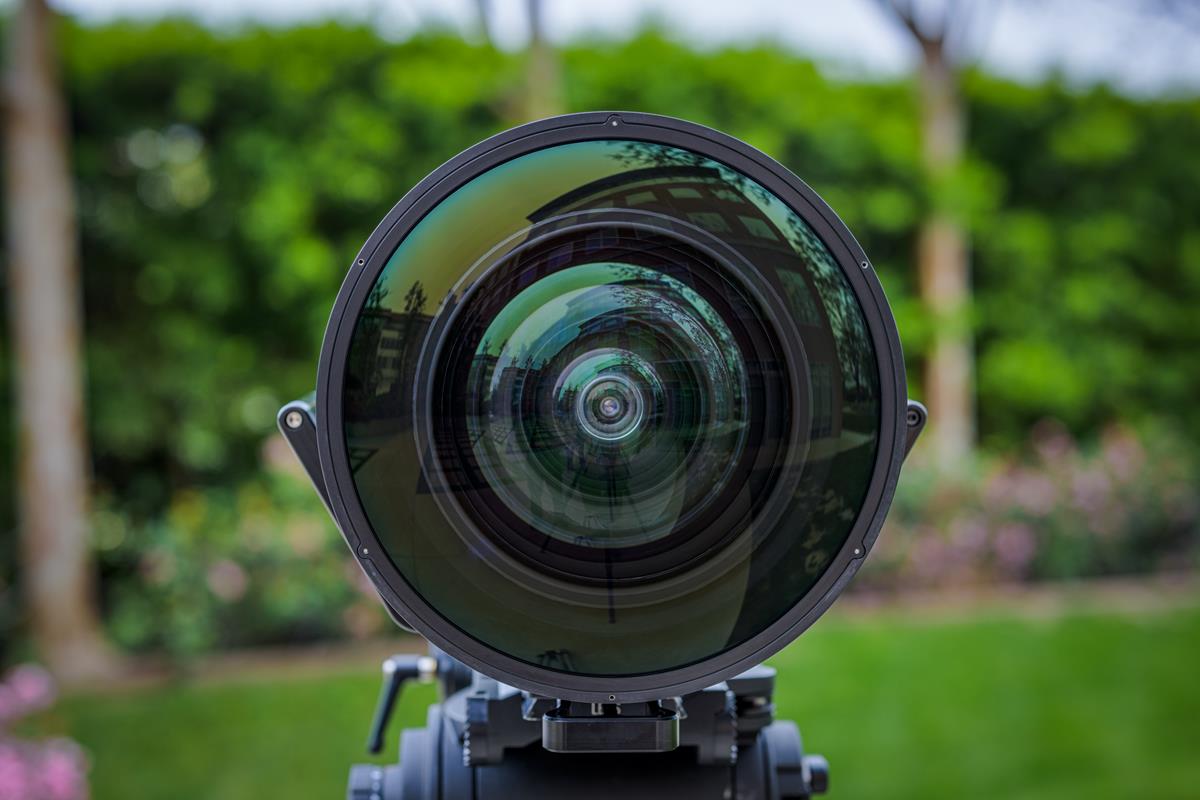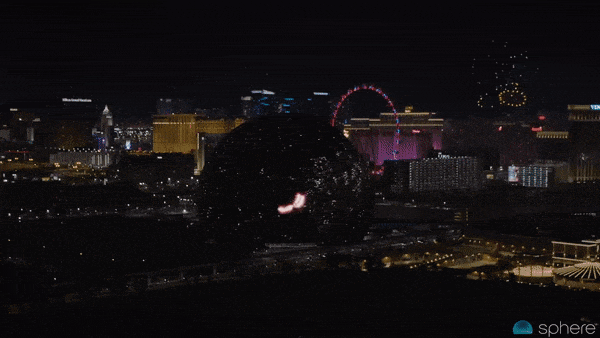
TL;DR
- The Sphere in Las Vegas is an experiential medium featuring an LED display, sound system and 4D technologies that require a completely new approach to filmmaking.
- U2 is headlining the Sphere’s opening nights and Darren Aronofsky has made the first film in the patented Big Sky format.
- Will the custom nature of the technology prove more of a straightjacket than a freedom to creatives?
READ MORE: Is This $2 Billion Orb the Future of Live Music? (Rolling Stone)
More than just another giant screen or an upgrade to 4D cinema, the latest Las Vegas attraction is being touted as a new experiential entertainment format.
“We are redefining the future of entertainment through Sphere,” MSG Entertainment executive chairman and CEO James L. Dolan says. “Sphere provides a new medium for directors, artists, and brands to create multi-sensory storytelling experiences that cannot be seen or told anywhere else.”
READ MORE: MSG Entertainment Announces “Sphere Experiences” to Debut This Fall With First-Of-Its Kind Production – Postcard From Earth (MSG Entertainment)
“This will be a quantum leap forward in the sense of what a concert can be,” U2’s The Edge told Andy Greene at Rolling Stone. “Because the screen is so high-res and so immersive, we can actually change your perception of the shape of the venue. It’s a new genre of immersive experience, and a new art form.”
U2 will be the opening act for the Sphere on September 29, the first of a largely sold out 25-date residency running through the end of the year.
The developers of the 366-foot-tall, 516-foot-wide dome are aiming to reinvent every aspect of the live event experience and is the culmination of seven years of work, with a budget that reportedly stretched to $2.3 billion.
READ MORE: MSG Sphere construction costs grow again, now $2.3B (Las Vegas Review-Journal)
Virtual reality without the goggles was the elevator pitch, MSG Ventures CEO David Dibble recalls to Rolling Stone.
“We thought, ‘Wouldn’t it be great to have VR experiences without those damn goggles?’ That’s what the Sphere is,” says Dibble.
It had to have the world’s highest resolution screen, and so it does at 16K by 16K. There is no commercial camera capable of recording at that resolution without having to stitch together images from a camera array. So MSG Entertainment built its own camera system and a whole postproduction workflow, which together comprise a system it calls Big Sky.
The Big Sky single lens camera boasts t316-megapixel sensor capable of a 40x resolution increase over 4K cameras. It can capture content up to 120 frames per second at the 18K square format, and even higher speed frame rates at lower resolutions.
They designed a custom media recorder to capture all that data including uncompressed RAW footage at 30 Gigabytes per second with each media magazine containing 32 terabytes and holding approximately 17 minutes of footage.
According to David Crewe at Petapixel, who saw the tech first hand, “since the entire system was built in-house, the team at Sphere Studios had to build their own image processing software specifically for Big Sky that utilizes GPU-accelerated RAW processing to make the workflows of capturing and delivering the content to the Sphere screen practical and efficient. Through the use of proxy editing, a standard laptop can be used, connected to the custom media decks to view and edit the footage with practically zero lag.”
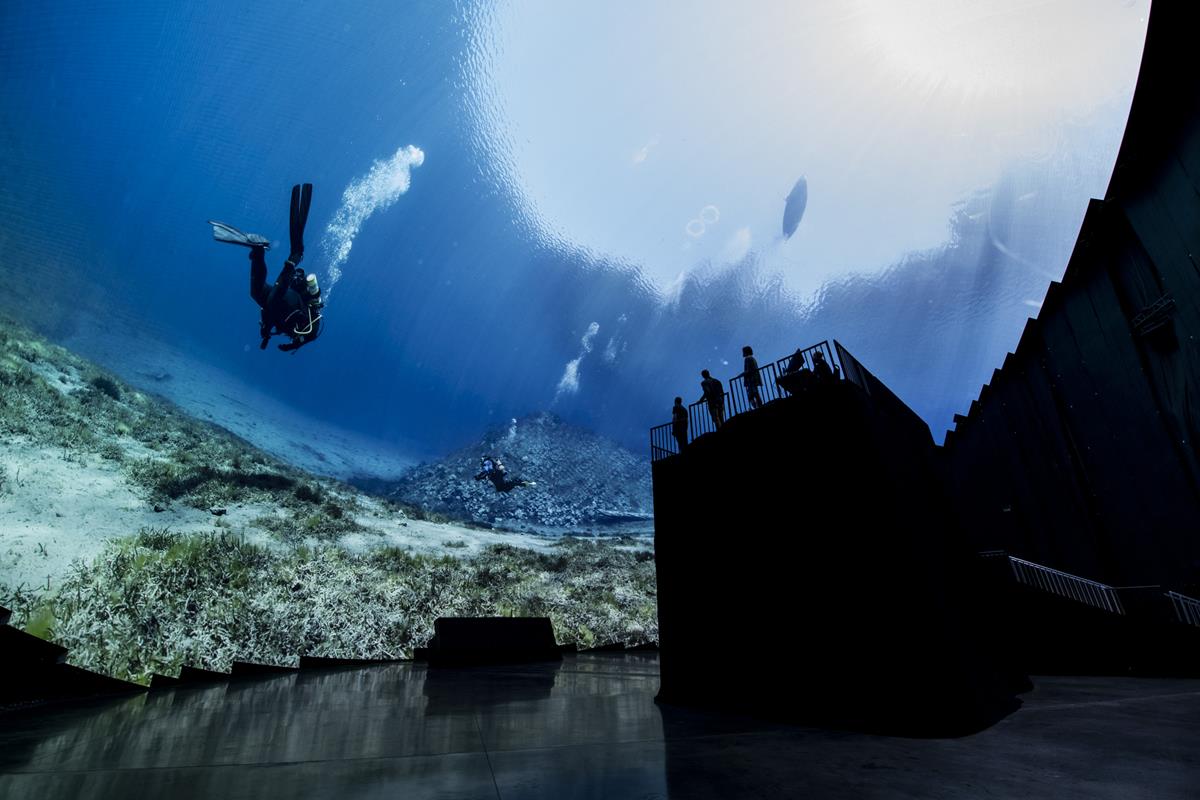
Specialist lenses have been built, too, including a 150-degree field of view, which is true to the view of the sphere where the content will be projected, and a 165-degree field of view which is designed for “overshoot and stabilization” and is particularly useful in filming situations where the camera is in rapid motion or in a helicopter.
The 164,000-speaker audio system that can isolate specific sounds, or even limit them to certain parts of the audience. This was designed by German start-up Holoplot following investment in the company by MSG.

READ MORE: Sphere Studios’ Big Sky Cinema Camera Features an Insane 18K Sensor (Petapixel)
According to Rolling Stone, the patented audio technology they created allows them to beam waves of sound wherever they want within the venue in stunningly precise fashion. This would allow, for example, one section of an audience to hear a movie in Spanish, and another side to hear it in English, without any bleed-through whatsoever, almost like fans are wearing headphones. “It can also isolate instruments,” says Dibble. “You can have acoustics in one area, and percussion in another.”
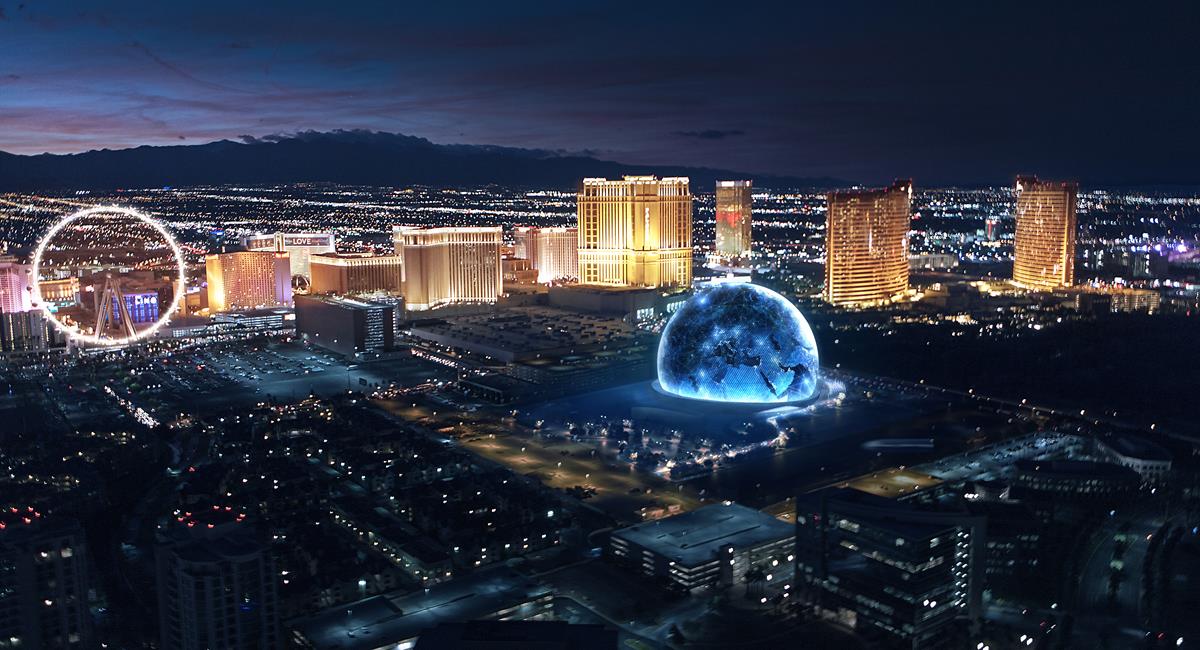
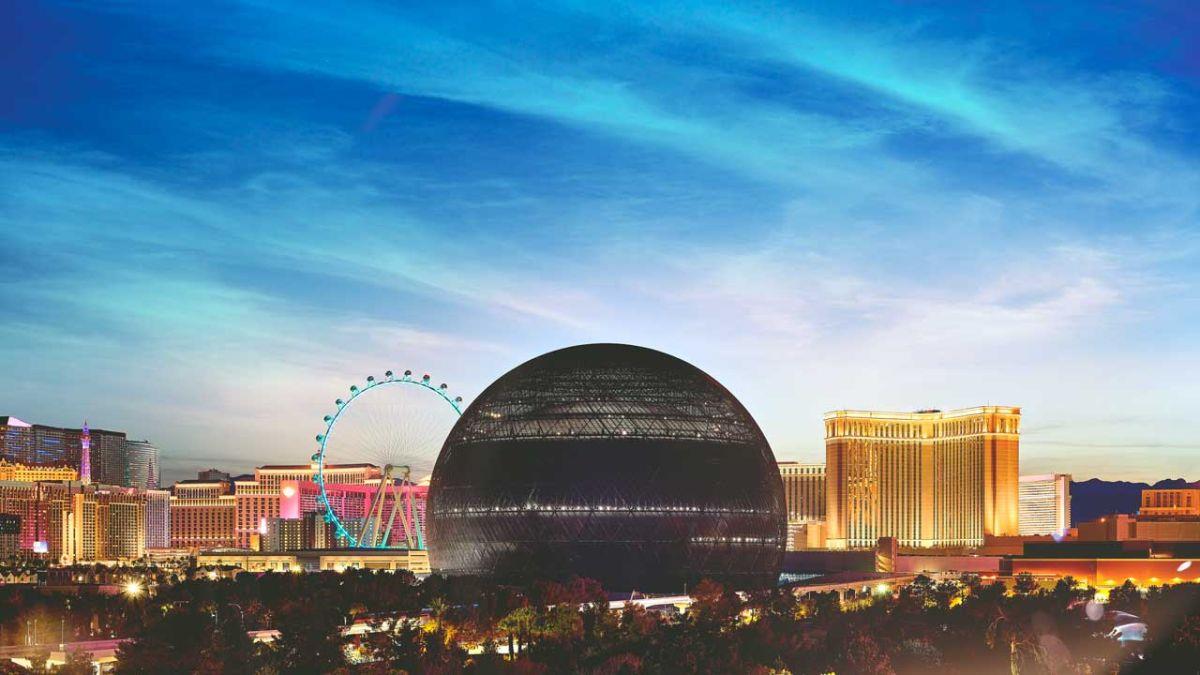
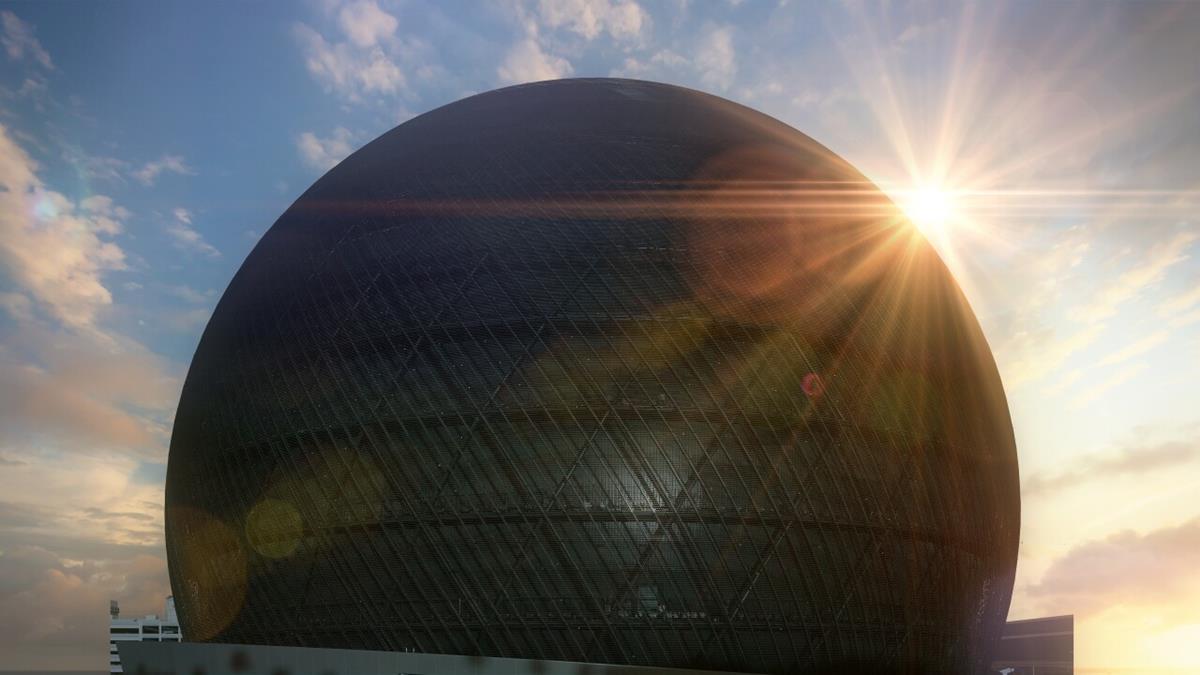
The venue can seat 17,600 people, and 10,000 of them will be in specially designed chairs with built-in haptics and variable amplitudes: Each seat is essentially a low-frequency speaker. There’s also the option to shoot cold air, hot air, wind, and even aromas into the faces of fans.
“There’s a noise-dampening system that we used in the nozzles of our air-delivery system that NASA found really interesting,” Dibble tells Rolling Stone. “They were like, ‘Do you mind if we adapted that for the space program?’ We went, ‘No, knock yourself out.’”
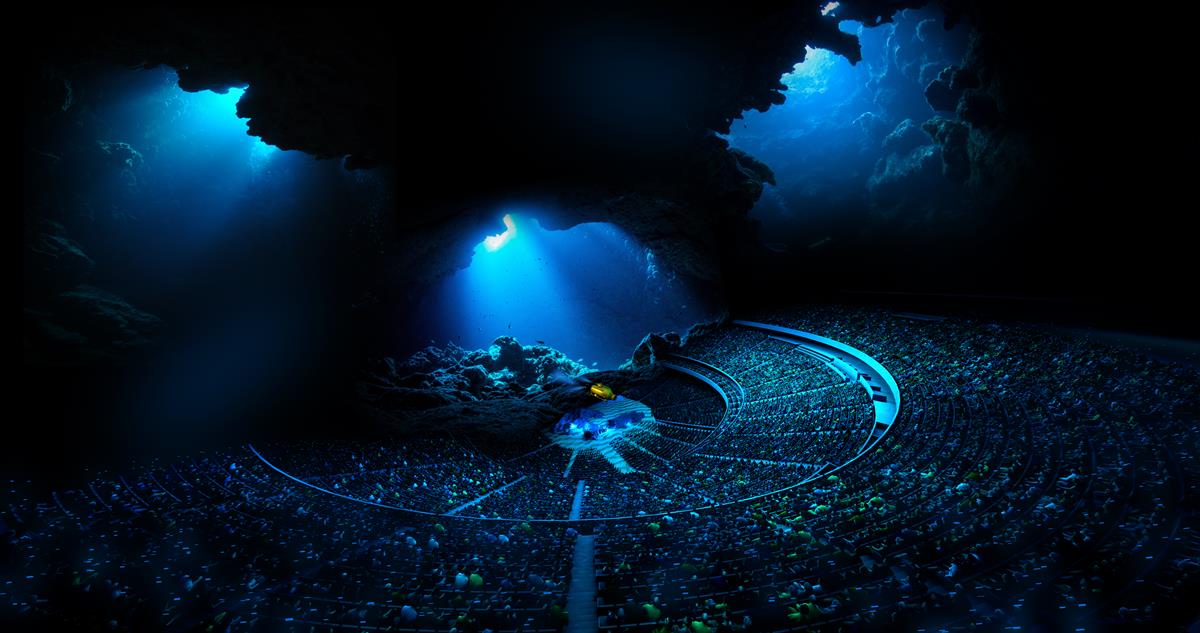
Director Darren Aronofsky (The Fountain, The Whale) was commissioned to shoot Postcard From Earth, the first piece of cinematic content for the Sphere with the Big Sky camera wielded by Oscar-nominated cinematographer Matthew Libatique.
“At its best, cinema is an immersive medium that transports the audience out of their regular life,” Aronofsky told Carolyn Giardina at The Hollywood Reporter. “The Sphere is an attempt to dial up that immersion.
He added, “Like anything, there are some things that Sphere works particularly well with and others that present new problems to solve. As different artists play with it, I’m sure they’ll find innovative ways to use it and affect audiences in different ways.”
He adds, “We just recently figured out how to shoot with macro lenses and we filmed a praying mantis resting on a branch. Imagine what that may feel like when we present it 20 stories high.”
READ MORE: How Darren Aronofsky Plans to Immerse Audiences in the First Production for MSG Sphere (The Hollywood Reporter)
READ ON NAB AMPLIFY: The MSG Sphere: Evolving the Large Scale Immersive Experience
The venue could house events like Mixed Martial Arts and will also be a centerpiece of the Formula One grand prix in October. MSG has announced plans to build similar venues in London and elsewhere.
It is too early to say but perhaps the highly bespoke nature of the venue and the workflow required to produce “experiences” for it may work against it. Will the technology prove more restrictive than flexible?
The Edge made this comment to Rolling Stone: “Unfortunately, because of the amount of time and expense in creating some of these set pieces visually, it’s quite hard to be as quick on our feet and spontaneous as we might have been on other tours.
“But we still are determined that there will be sections of the show that will be open to spontaneity.”


